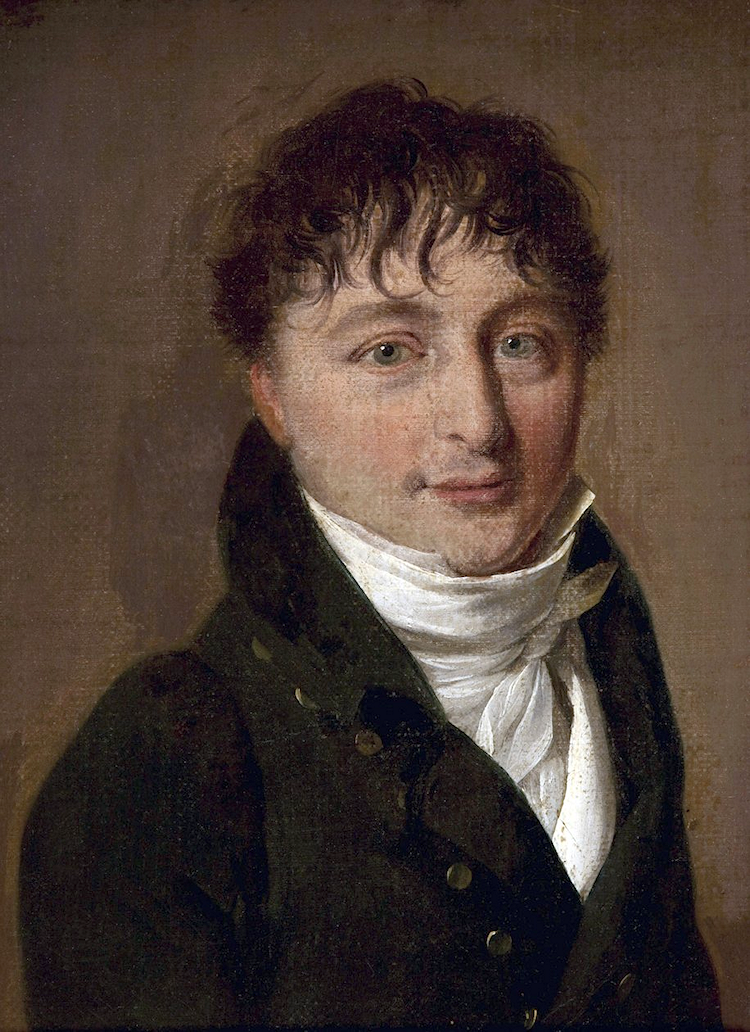Schuhe der Gräfin Erdödy bei der Krönung Kaiser Karls zum König von Ungarn - Shoes of Countess Erdödy at the coronation of Emperor Karl as king of Hungary. I can't imagine any explanation for the creation of these decorative though rather peculiar images other than the desire to celebrate this quite fetching pair of shoes; they are portraits of shoes. But to whom did these charming slippers and shapely ankles belong?
.png) |
| Julia, Countess Erdödy, unknown source, circa 1905-10. |
The most likely candidate, only identified when the images were found as a "Countess Erdödy," would be the previous Julia Hanby Scott, born in New York in 1858, the wife of Count Gyorgy Maria Gobert Erdödy de Monyorókerék et Monoszló. But is this the sort of pose one might expect of a high-ranking lady of a "certain age"? (Fifty-eight, to be precise.) With her heavily embroidered fur-edged gown lifted up and away to expose the very delicate and exquisitely composed - various filmy laces, ribbon inserts, appliquéd ribbon roses - petticoat?
 |
| Julia, Countess Erdödy, and her daughters, Franziska and "Jenny." From The King, published 13 August 1904. |
A complicating factor is that the countess' two daughters - "Jenny" and Franziska - were also countesses. And they were also photographed by Atelier d'Ora on the same occasion. But neither young lady wears a gown edged with fur. And the one shoe to be seen making a timid appearance in the second portrait of the sisters does not resemble the shoes in question. So one has to assume the shoe-proud countess is their mother. Unless, of course, there's yet another - and even more elusive - "Countess Erdödy" lurking somewhere...?
 |
| Countesses Johanna "Jenny" Margareta Margit Maria Gobertina and Franziska Violet Maria Gobertina Erdödy. |
 |
| Countess Franziska Violet Maria Gobertina Erdödy. |
The occasion, by the way, was the Hungarian coronation of Karl I, Emperor of Austria, King of Hungary, who ascended the throne in November 1916 upon the death of of his great-uncle, Emperor Franz Joseph. The following month, in the midst of WWI, Karl's coronation as king of Hungary was held in Budapest. But then, of course, the Habsburg monarchy was abolished slightly less than two years later, in November of 1918.
*
The text Rohdruck - eigentum des Atelier d'Ora, which is stamped on most of the images, translates to "Raw print - property of Atelier d'Ora."
.png)






%20%20-%20(MeisterDrucke-198177).png)



.png)
.png)












.png)
Image6.png)



.png)












.png)










